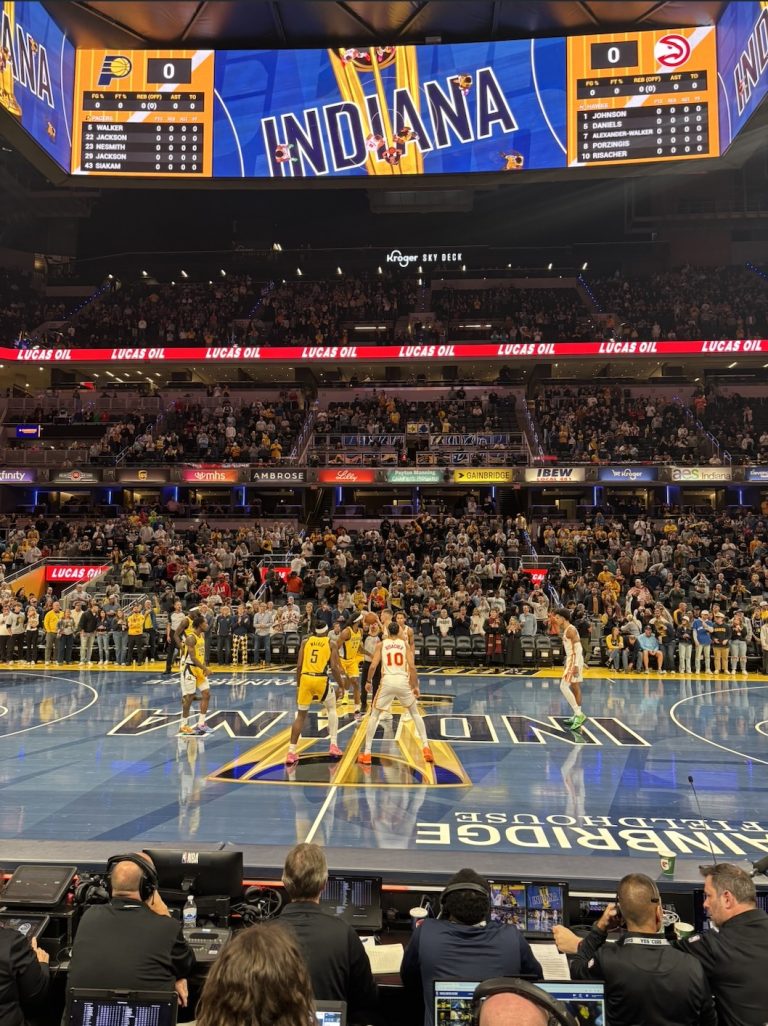Non-Fungible Tokens, or NFTs as they are better known, are any digital forms of art, GIFs, video clips and more, according to an article by The Verge. “Non-fungible” means non replaceable. For comparison, the painting “Starry Night” is non-fungible because it is the original work painted by Vincent van Gogh himself. Copies of the painting someone may hang on their wall or keep as their desktop wallpaper are fungible because they are not the original. Specific digital media all have unique identification codes which distinguish an original from a copy, thus making the original non-fungible.

NFTs are all bought and sold through a cryptocurrency blockchain. According to Investopedia, a blockchain is a digital ledger that keeps track of all transactions ever made with cryptocurrency. Most of them are supported by Ethereum’s blockchain, but other cryptocurrencies also support NFTs, according to The Verge.
“The innovation with a blockchain is that it guarantees the fidelity and security of a record of data and generates trust without the need for a trusted third party,” according to Investopedia. “With regular currency like the US dollar, the “third party” is a bank.
NFTs can sell for hundreds, thousands or even millions of dollars. The founder of Twitter Jack Dorsey’s first tweet sold for $2.5 million, according to The Verge. Pictures of monkeys wearing different clothes and flying cat GIFs can sell for thousands. Jimmy Fallon paid over $200,000 for an ape wearing a captain’s hat, according to CNET.
The problem with NFTs is that they are just a bunch of ones and zeros in a computer—they do not have real value while material things like food, water and land all have real world value. NFTs have perceived value based on history or novelty, much like paintings or other pieces of artwork. NFTs have value based on the hype around them. As long as people are willing to buy them, they are worth money. Still, they are not physical things that can be touched, unlike real world artwork, which makes NFTs a bad investment.
NFTs may seem harmless. After all, they are just digital things people like to spend massive amounts of money on. But NFTs are bought and sold on online marketplaces that use Ethereum.
“To keep financial records secure, the system forces people to solve complex puzzles using energy-guzzling machines. Solving the puzzles lets users, or ‘miners,’ add a new ‘block’ of verified transactions to a decentralized ledger called the blockchain,” according to an article from The Verge.
Ethereum mining is extremely energy intensive. According to Statista, a single Ethereum transaction is equivalent to 100,000 Visa transactions in terms of energy consumption, and there are hundreds of thousands of those transactions happening every day.
On the other hand, it is uncertain if Ethereum based NFTs are causing more transactions overall. According to The Verge, “Without NFTs, miners would still be plugging away at puzzles and polluting. And NFTs are still a relatively small portion of all Ethereum transactions.”
Regardless, the increase in popularity of NFTs will eventually lead to increased emissions as long as Ethereum continues to require computers to solve puzzles and math problems. The model that Ethereum currently uses is set to change which is supposed to decrease emissions, according to an article by The Guardian.
“Rather than handing out internal responsibilities based on how much electricity is burned, the system instead allocates power based on how much Ethereum existing users already hold – requiring them to ‘stake’ a portion of their currency every time they make a decision,” according to The Guardian.
With this model, Ethereum transactions will not be as energy intensive. NFTs will be able to be bought and sold with much less of an impact on the global climate.
Personally, I will not be buying NFTs in the near future. I would rather put my money into better long term investments. NFTs are probably a passing fad that will be gone in a few months like a meme, but unlike memes, they have a tremendous environmental impact.






